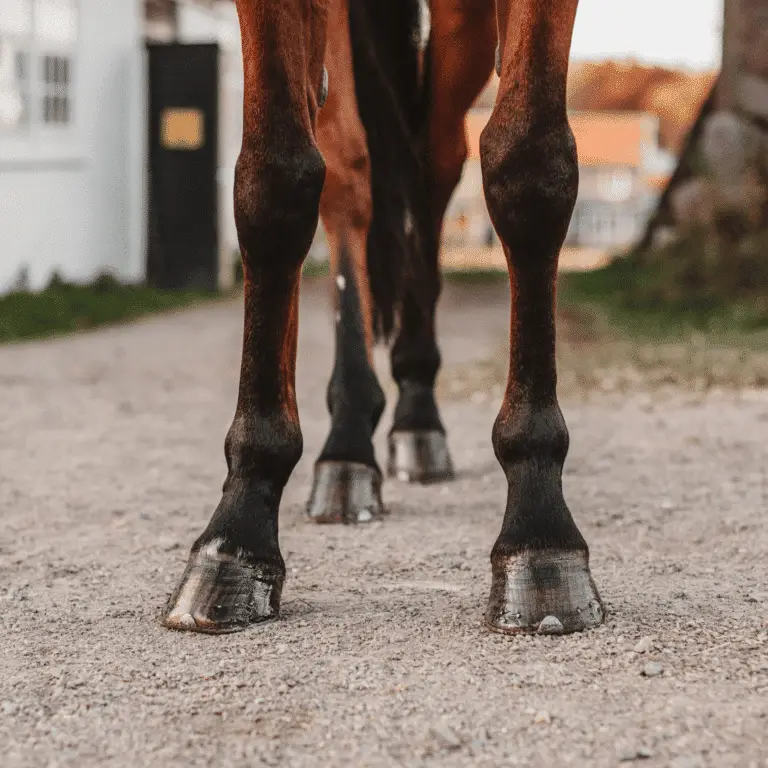
Pedal Bone Fracture in Horses
Pedal Bone Fracture in Horses Seek veterinary advice before applying any treatment. Fracture of the distal phalanx is a fairly
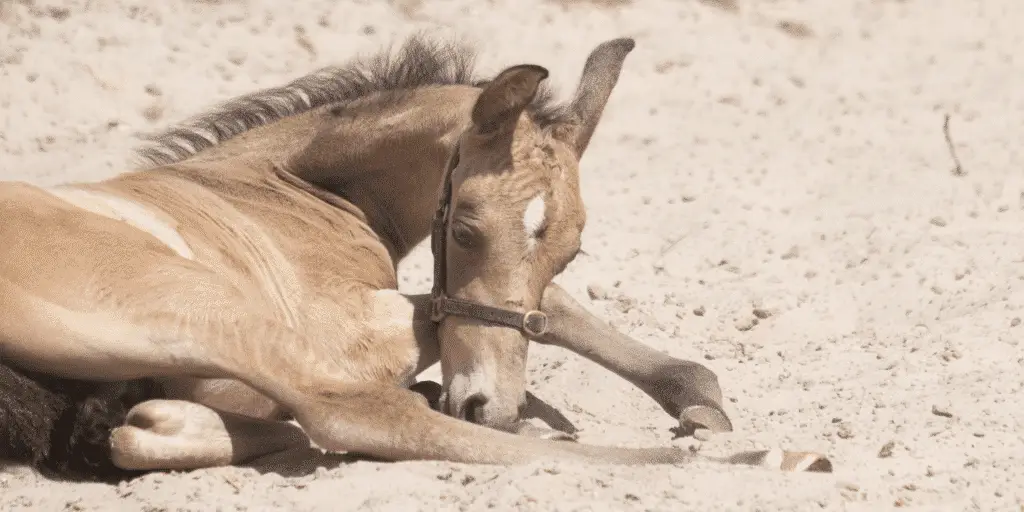
Seek veterinary advice if you suspect this disease.
Angular limb deformities (ALD’s) are a common set of conditions affecting foals in the first months of life and if uncorrected lead to permanently bent limbs. The deformities refer to deviations in the limbs which are observed when looking at the horse coming towards the observer (or away from them). Primarily, the areas that are most affected are the knee (carpus), fetlock and hock. The ALDs are described as either valgus (outward) or varus (inward) depending on which way the limb below the affected joint deviates away from the midline. For example if the horse is “toed out” from the fetlock then the pastern and lower limb is angled outwards from the fetlock and this called a fetlock valgus deformity. Often more than one leg is involved, and a combination of directions can occur in one or multiple limbs. The etiology of angular limb deformities is complex and thought to be multifactorial. The two main categories of factors include perinatal and developmental.
The majority of foals affected by ALD spontaneously correct over time. Knowledge of normal growth patterns and appropriate timing for intervention is critical to successful treatment. Repeat radiographs need to be performed every two weeks to assess the ossification of the bones. Most minor deformities can be managed with rest and regular remedial farriery for several weeks. Farriery should be carried out from a young age. Corrective trimming and the use of foot extensions are commonly used. For more severe deformities there are several other treatment options available. Shockwave therapy is a useful non-invasive procedure that can be performed in the sedated foal in an attempt to try and stimulate bone growth at the point of application. Severe forms of angular limb deformities may require surgery. The goal of surgical intervention is to alter growth at the growth plate of the long bone involved, such as the radius or cannon bone. The surgical procedures used are either periosteal stripping and/or transphyseal bridging.
Assure the mare has a well-monitored pregnancy. Ensure the mare will be foaling on deep soft bedding as external traumas can cause fractures that prevent a foal’s bones from forming properly. Guarantee balanced nutrition for the foal as too much zinc or not enough copper in a foal’s diet may also lead to flexural deformities, that is, soft-tissue structural problems causing bones to align in different degrees of flexion.
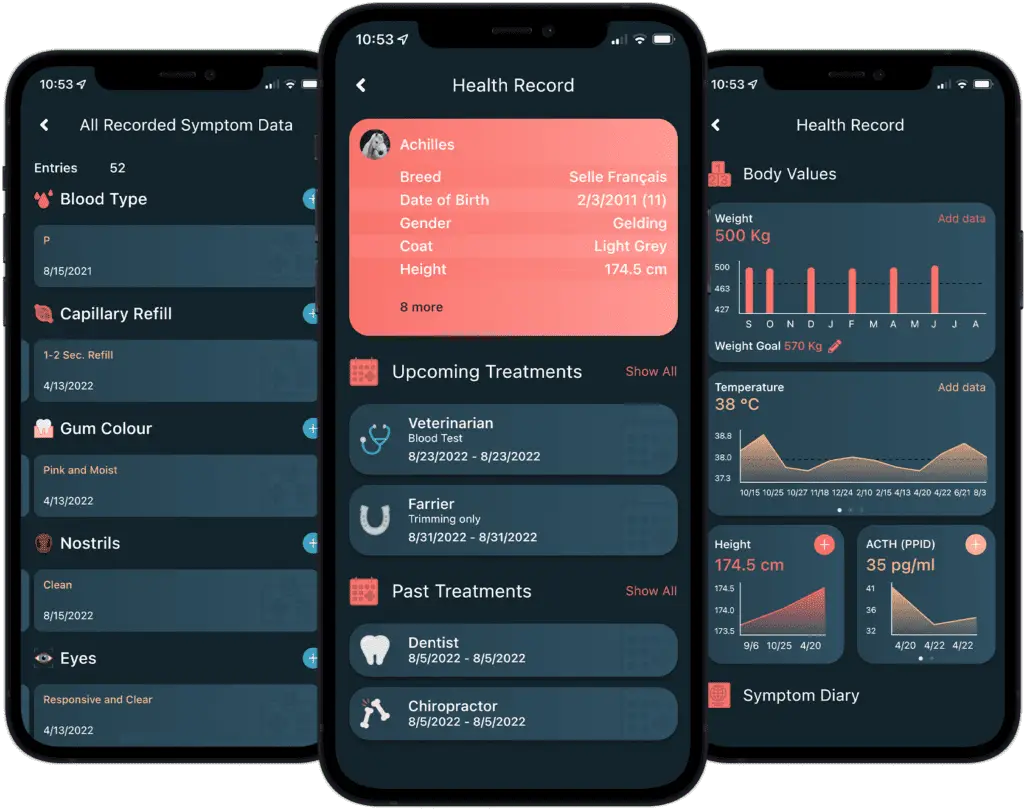
Digital health management offers numerous benefits in modern equine healthcare.
With the Happie Horse App, you can track symptom patterns and body values, such as Temperature, Pulse and Respiration. Allowing you to notice abnormal changes in body and behaviour early on, leading to more successful treatments.
The Happie symptom checker allows you to add all of your horse’s abnormal symptoms in order to present potential causes and diseases.

Pedal Bone Fracture in Horses Seek veterinary advice before applying any treatment. Fracture of the distal phalanx is a fairly
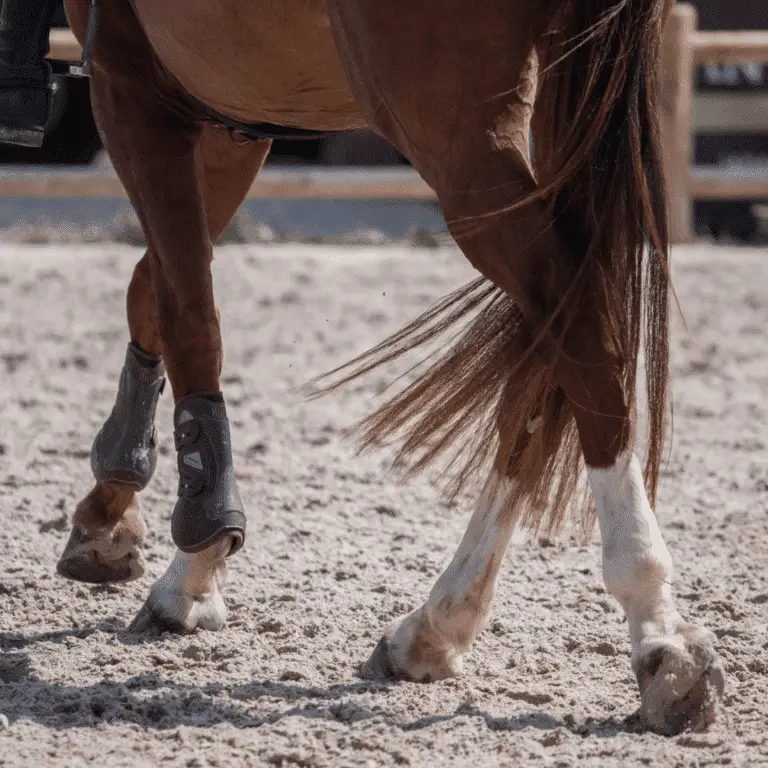
Epiphysitis in Horses Seek veterinary advice if you suspect this disease. Epiphysitis, also known as physitis, is a generalized bone disease of
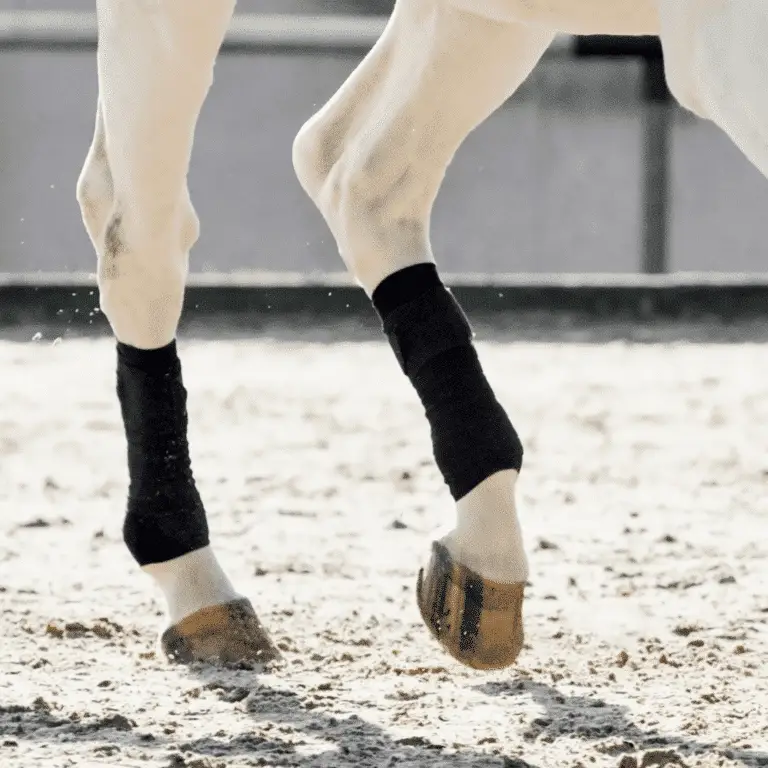
Bone Spavin in Horses Seek veterinary advice if you suspect this disease. Bone spavin is osteoarthritis, or the final phase of